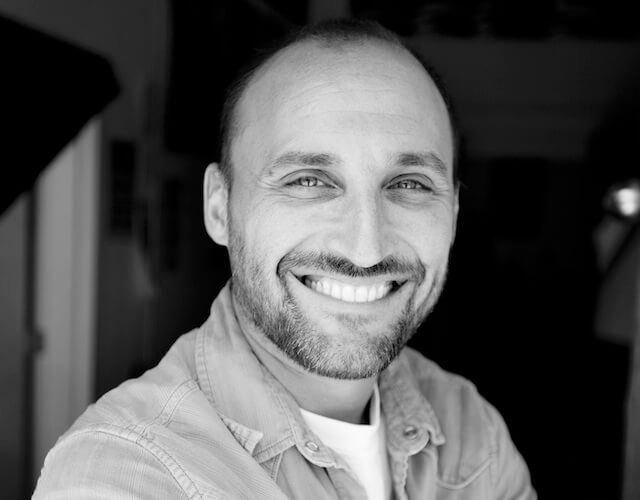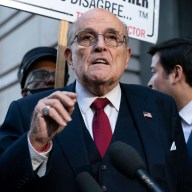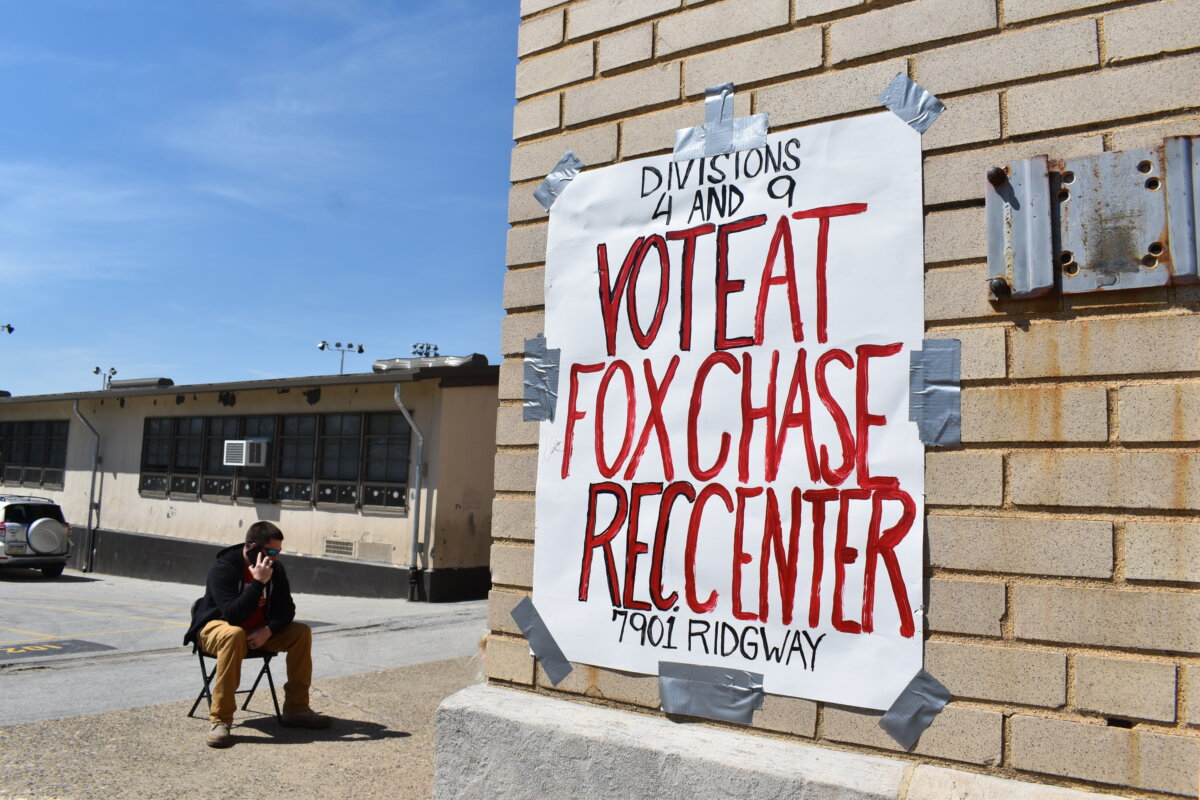Documentarian Amir Bar-Lev (“My Kid Can Paint That,” “The Tillman Story”) knew nothing about the Penn State Nittany Lions before the Jerry Sandusky child abuse scandal broke. He didn’t go right in with his cameras as the university, and the town of State College, especially after the firing of longtime head coach and icon Joe Paterno led to protests. Instead, Bar-Lev waited a year to let the dust settle a bit, then went in to take the temperature of the situation, as well as the school. Your other documentaries deal with people who are, in some way, unknowable. We will probably never know what went through Joe Paterno’s head when he failed to significantly put a stop to Sandusky’s actions. The way I cast my documentary subjects is that I look for mystery. Mystery is such a great dramatic tool. And the mystery of Joe Paterno is a great subject for a film — just the idea that a guy could represent what Joe Paterno did for as long as he did, and at the same time have made this grave mistake towards the end of his life. The challenge is that there a lot of people who think they have answers — those who think he was a phony all along or those who reject any suggestion that he made any kind of mistake. But I think those two poles are incorrect. There’s a more mysterious and compelling center of ground to be taken on Joe Paterno. Perhaps the key scene involves an anti-Paterno protester fighting with Paterno fans right next to his statue before it was removed.
That scene was not at all staged. We knew the state was a great place for us to collect footage. People were gravitating to that statue to take final photos with Joe Paterno, because it was rumored it would come down any day. We set up our first shot and that protestor walked into frame. It was to our complete surprise. That scene in a lot of ways makes the point that I’m trying to make. Ultimately the protestor and the guy in the gray tee-shirt are both right. The protester is right that Joe Paterno didn’t do enough, and the gray tee-shirt guy is right that he did do something. It’s making a larger point about casting Joe Paterno as either evil or a saint. His family has said he was neither. You include a lot of voices in this film, some contradicting others.
I don’t like it when people say it’s a film that is objective and simply lets every position be heard. That’s not at all what I was trying to do. The film is subjective; it has a position, it has a perspective. I just don’t like to hammer people over the head with it. I want to get it across, but I think the best way to do that is to present it in such a way that my audience arrives at their conclusions on their two feet, instead of being forcefed. It’s that old chestnut about teaching a man to fish: If I just serve you the fish you’d have that one meal, but I’m trying to teach you how to fish by taking you on the journey I went on. You can even arrive at a different conclusion than I did. One thing the film quietly argues is that people prefer easy palliatives — like removing all traces of Paterno from the Penn State records — rather than effect any serious change.
My sense is human beings don’t like to look at the way systemic problems involve the whole of society. We prefer to chalk them up to crazies — sociopathic predators preying on a bucolic town, evildoers who hate freedom. I don’t like to look at the world that way. The people who see the world that way are interested in going back to business as usual. And that shaming spectacle that the professor talks about here is a tourniquet that allows us to distance ourselves from our connections to the problem. I think the vitriol against Joe Paterno was born out of our own discomfort with the fact that we all have a bit of Joe Paterno in us. We all make decisions every day about what is and isn’t our problem. We can tell ourselves that, given the information that Joe Paterno was given, we would do it differently. I’m not saying we could have all made the same mistake that Joe Paterno did. But we want to bulldozer his statue not on behalf of the victims, but on behalf of ourselves. In the former Soviet Union and other places where horrible things have happened, they leave the statues up, because they remind them of the fact that people are human and fallible, instead of just looking at an empty lawn and forgetting all about it. Matt Sandusky, Jerry Sandusky’s adopted son, was a late addition to the film. How was working him into the narrative?
Matt Sandusky is the moral center of the film. His story is unique but also representative of the other victims. We did have early cuts without him, but I can’t imagine the film without him at this point. He’s such an eloquent and understated spokesperson for the victims. The fact that he initially covered for Jerry and lied on his behalf speaks volumes about how these crimes are committed and why they sometimes take so long to get reported.
Interview: Amir Bar-Lev on portraying Joe Paterno in ‘Happy Valley’

A&E IndieFilms
Follow Matt Prigge on Twitter@mattprigge


















